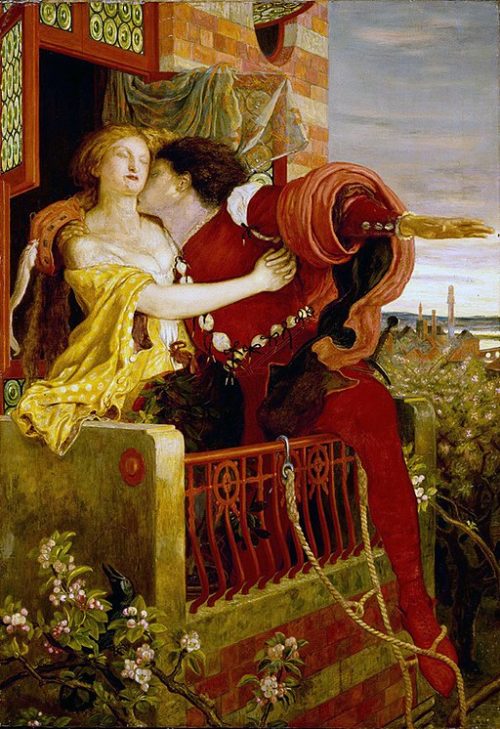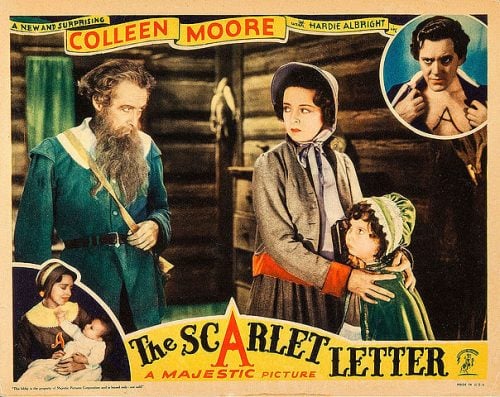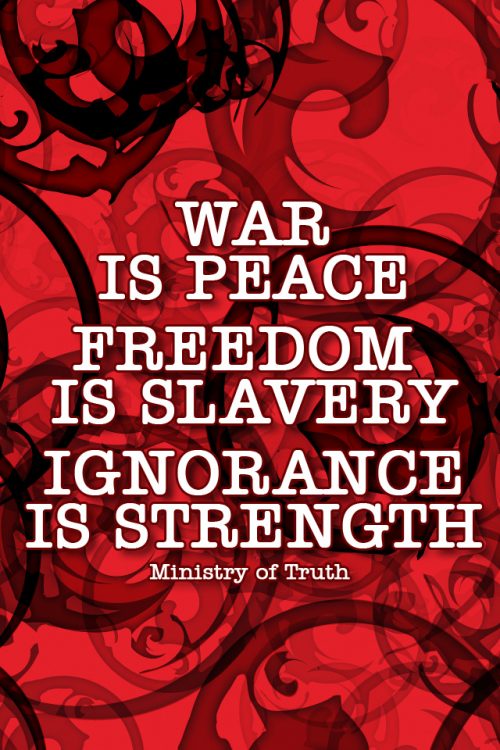When you’re studying literature, just understanding the main point of certain books is difficult. But when you have to look for certain literary devices in the text, it can feel like a nearly impossible task—or at least not a very fun one.
You’ve gotten the basics of theme, setting, and symbolism down, so now it’s time to dive further. I’ll show you how to spot a motif in literature.
It’s actually pretty simple when you get the hang of it (I think it’s even easier than spotting some symbols).
Motifs make reading more fun because you get to explore literature for all it’s worth.
You can learn about the author, about society, or about yourself if you refuse to take fiction at face value.
So let’s get started.
What Is A Motif?
The technical definition of a motif is a recurring idea or image that reinforces the theme of a piece of literature.
But technical definitions are boring. What does this actually mean?
To understand motifs, you first must understand themes. Themes are basically the main messages of a novel, play, or other piece of literature.
There can be more than one theme in whatever you’re reading (in fact, there’s usually more than one). Authors use motifs to reveal the themes to the reader through repetition.
Let’s think about it in terms of a painting.
The canvas, colors, type of paint, brush strokes, etc., make up the whole painting—just like different literary devices make up a whole piece of literature. Let’s say this particular painting is one of a violent storm.

That image—what the painter wants you to see as the big picture—is the theme. The motif may be the many bold brush strokes that give that storm its movement. Or it could be the choice of grays that show the ominous nature of the storm.
Sometimes, a motif in literature is as easy to spot as the colors in a painting because of its repetitive nature. Other times, the author may choose to make the motif a little subtler.
Motifs vs. Symbols
Symbols are objects, characters, places, or concepts that represent something else. For example, the color purple can represent royalty, while a rose may represent beauty or love. In many cases, a symbol only appears once or twice in a text.
A motif, as discussed earlier, is a recurring image or idea—and it can even be (and often is) a recurring symbol.
There are a few differences to note when thinking about symbols and motifs. First, a symbol always represents something else. A motif, on the other hand, is more flexible. It can be much more straightforward than a symbol, but it doesn’t have to be.
For example, symbols of death could be dark colors, ravens, tolling bells, or whatever else the author chooses.
If one of these symbols is repeated throughout the book, it becomes a motif. However, a motif of death could be as literal as several characters dying throughout the story.
Another difference between symbols and motifs is how often they’re repeated. Here, the motif is the one with the stricter guidelines. It must be prevalent in the literature rather than appearing just once or twice. Symbols can pop up just once or in every chapter.
There can also be a wide variety of symbols to represent just one concept. Because of this, symbols may sometimes be harder to spot than motifs. But motifs still have their own set of challenges. Fortunately, with a little help and practice, it gets easier to find them.
Finding a Motif in Literature

There are a couple of ways to go about finding a motif in literature. You can either work forward or backward. I find it most helpful to work backward, but that’s just my personal preference.
With this method, you first identify a theme. You then think about what made you identify that as a theme. If there was an object or idea that kept popping up in the text, that’s your motif.
The second way is to work forward. You first look for the objects or ideas that appear over and over again. Then you link them to a theme.
Whichever method you use, you should end up with the same result.
Motif Examples in Literature
Pretty much every piece of literature has at least one motif. Here are some examples from some of the most-read pieces of fiction.
Romeo and Juliet

One thing you’ll notice a lot (a good indication of a motif) in Romeo and Juliet is the light and dark imagery. In many books and plays, light is seen as pure or good, and darkness is seen as evil. But that’s not the case here.
Instead, the light and darkness give a pretty clear sense of contrast that’s evident in the play’s many themes.
The Scarlet Letter

A big motif in The Scarlet Letter is wilderness versus civilization. The Puritan town of Boston has strictly enforced rules that keep society running (at least in the minds of the town’s leaders and citizens).
The wilderness is scarier, but it’s where the truth comes out. It’s where Hester and Dimmesdale can be together without the prying eyes of the townspeople, and where Pearl can run around and be her wild-child self.
The characters go back and forth between these settings, and the mentalities of civilization versus wilderness, throughout the book.
1984

The motif of doublethink in 1984 is a strong one. It touches on several themes, such as mind control through information control, and the dangers of totalitarianism.
Doublethink in 1984 can be seen when people believe whatever the Party tells them even if they have contradicting facts or evidence. It allows them to have both the evidence and the contradicting Party-promoted belief without any cognitive dissonance.
Next Up: Writing Your Essay
Are motifs a bit clearer now? Take this information with you, so you can find the motifs in anything you read. Once you’ve found a motif in literature, it’s time to get writing.
If you’d like to see how other students have written about motifs, check out these examples:
- Analyzing the Moral Themes, Motifs, and Symbolism in Great Expectations
- Motifs and Symbolism in The Little Prince
- An Analysis of the Motifs in Macbeth
- An Analysis of Death and Burial Motifs in Literature by Edgar Allan Poe
Once you’re finished writing your own essay, have the Kibin editors take a look. They’ll let you know whether you’re on the right track and will suggest changes that take your essay to the next level.
So start searching for those motifs!
